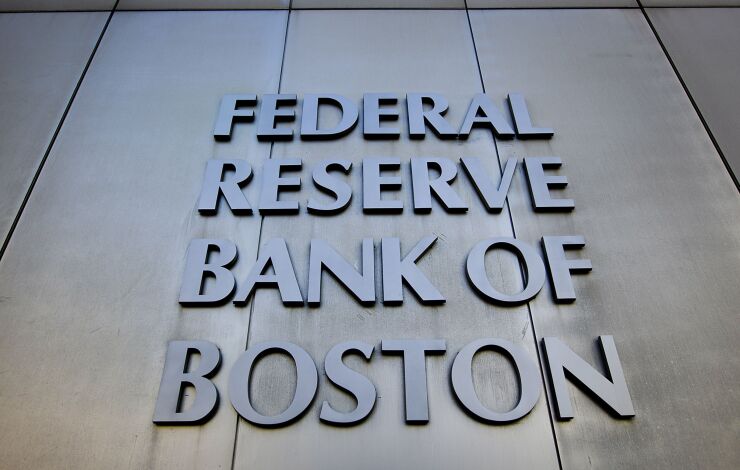
As banks provide the liquidity that fuels private credit lending — even without originating the loans themselves — researchers at the Federal Reserve say traditional lenders risk being dragged into a financial crisis if defaults among private credit borrowers spike.
In a new
The private credit industry has grown from $46 billion in 2000 to about $1 trillion in 2023. Bank loans have been a key driver of this growth, making the traditional financial sector a key source of liquidity for these nonbanks. Treasury Secretary Scott Bessent recently said
The researchers said banks therefore have indirect exposure to the loans private creditors make. Whether private lenders are elbowing in on banks, or rather, venturing into areas banks won't enter, is key to how much risk is being generated.
Many of the loans made by private credit companies resemble bank lending: commercial loans made directly to smaller businesses as well as broadly syndicated loans, the most common type of leveraged debt in which a really large loan is split up among many lenders, each taking a piece of the total amount. These loans are usually made to big companies, and the terms are often sold or traded to investors.
These similarities between private credit and traditional bank offerings means private credit is serving more borrowers who otherwise might have gone to a bank for a loan, the researchers say. While private credit firms may in some cases be elbowing in on the banking competition, a phenomenon they dub "substitution," the alternative, "expansion," where private credit ventures into areas banks aren't willing to lend, is more systemically risky.
"If the growth of PC lending represents mostly a shift in credit provision from banks to PC funds, it could reduce overall financial stability risk because PC funds tend to employ lower leverage than banks (that is, they have lower debt-to-equity ratios), and they pose less run risk … [as] their limited partners are locked up contractually for multiple years," the researchers note. "If PC lending has grown because lenders have been making riskier loans that banks would not make, then aggregate credit risk in the financial system likely would rise."
Not only would the financial sector be effectively more leveraged overall, but the researchers say the added leverage would be on the balance sheets of riskier borrowers, weakening these businesses' resilience to shocks and making the financial system more precarious.
Large banks' loan commitments to private equity and private credit funds have surged to about $300 billion as of 2023 —14% of such banks' total nonbank loans and up from $10 billion in 2013 — according to another
Wednesday's study also found that from 2013 to 2023, every publicly traded Business Development Company — a type of private credit company the researchers examined as a proxy for the industry — borrowed from at least one of the large banks that submit Y-14 filings, a disclosure required by the Federal Reserve to assess the capital adequacy and risk profiles of large financial institutions, defined as those with $100 billion or more in assets.
Most bank loans to private credit companies are revolving credit lines, and about a third of such loans remained unused as of late 2023, indicating these loans serve as a liquidity backstop for private credit.
"Because bank loans to PC funds are typically secured and among those funds' most senior liabilities, banks would suffer losses only in severely adverse economic conditions, such as a deep and protracted recession," the researchers wrote. "But losses could also occur in a less adverse scenario if the default correlation among the loans in PC portfolios turned out to be higher than anticipated — that is, if a larger-than-expected number of PC borrowers defaulted at the same time … such tail risk may be underappreciated."






